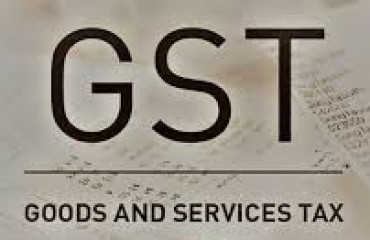
BENGALURU : The government on Thursday cut its market borrowing plan for the fiscal year by ₹10,000 crore from what it projected in the February budget, as revenue remained robust.
BENGALURU : The government on Thursday cut its market borrowing plan for the fiscal year by ₹10,000 crore from what it projected in the February budget, as revenue remained robust.
Economists said the move signals that the government is confident of achieving the fiscal deficit target of 6.4% of GDP for the year even as the it faces rising costs amid the extension of the free foodgrain scheme, dearness allowance hike, and higher fertilizer subsidy outgo.
The government's tax revenues have been growing at a robust pace as consumers continued to spend as the pandemic ebbed, easing pressure on the Centre's finances. Goods and services tax collections rose a robust 33% from a year earlier in the five months to August, while direct tax mop-up improved 23% till mid-September to more than ₹7 trillion.
Although revenue collections are expected to be higher than budget estimates, the second-half borrowing will give the government the cushion for higher spending on subsidies and infrastructure, said Devendra Kumar Pant, chief economist, India Ratings and Research. "It is unlikely to be disruptive for the bond market. However, the bond market will respond to domestic and global liquidity, inflation and monetary conditions," Pant said.
The government has decided to borrow ₹14.21 trillion in the current fiscal, as against ₹14.31 trillion estimated in the budget. However, the borrowing for the second half will remain the same as earlier estimated at ₹5.92 trillion, including ₹16,000 crore of its sovereign green bond offering. There will also be ₹22,000 crore of Treasury bills auctions on a weekly basis.
The government finances its fiscal deficit through several means, including raising money from capital markets by issuing securities such as treasury bills and bonds. The fiscal deficit, the excess of government spending over revenues, is estimated at ₹16.6 trillion.
"The government borrowing programme is in line with the budget projections. This means that the government expects fiscal deficit to be contained," said Madan Sabnavis, chief economist, Bank of Baroda. He added that even if there is slippage, it will be made up by other sources like cash balances or National Savings Scheme and not market borrowings.
The government on Wednesday extended the Pradhan Mantri Garib Kalyan Anna Yojana for three more months, under which it offers free foodgrain to 800 million beneficiaries, costing the exchequer an additional ₹44,762 crore and taking the total food subsidy bill this year to ₹3.2 trillion as against ₹2.06 trillion estimated in the budget. The fertilizer subsidies are expected to touch ₹2.5 trillion in the current fiscal, as against ₹1.05 trillion allocated in the budget due to the impact of high global prices and the sharp depreciation in the rupee.
The Union cabinet on Wednesday also approved the release of an additional 4% dearness allowance for central government employees and dearness relief for pensioners with effect from 1 July. This is expected to cost the government an additional ₹8,468 crore in the current fiscal.
"Buoyant revenues may be able to absorb a large portion of the higher-than-budgeted expenditure, which appears to have restricted the size of the borrowing programme," said Aditi Nayar, chief economist, Icra Ltd.
The gross market borrowing of ₹5.76 trillion in the second half of the fiscal shall be completed through 20 weekly auctions. The market borrowing will be spread over 2, 5, 7, 10, 14, 30 and 40 years securities. The government will announce the issuance of sovereign green bonds separately.
